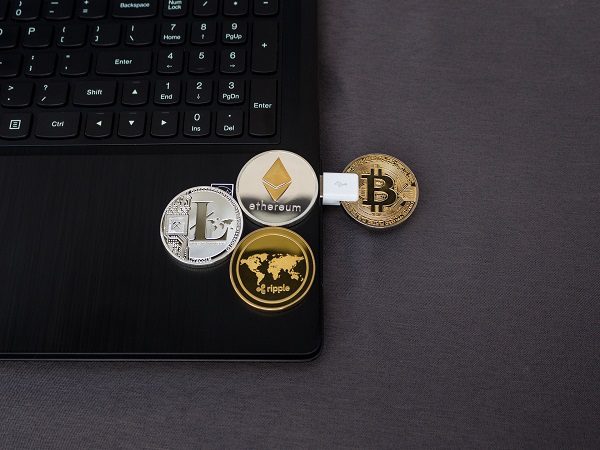Introduction:
In the rapidly evolving landscape of digital finance, safeguarding your cryptocurrency holdings has become more crucial than ever. Cryptocurrency wallets play a pivotal role in ensuring the security of your digital assets. In this comprehensive guide, we will delve into the various types of cryptocurrency wallets available, their features, and most importantly, how to secure your holdings against potential threats.
Understanding Cryptocurrency Wallets:
Before diving into the nuances of securing your digital assets, it’s essential to grasp the fundamentals of cryptocurrency wallets. Essentially, these wallets serve as digital containers for your cryptocurrencies, facilitating transactions and providing a secure space for storage. There are two main categories of wallets: hot wallets and cold wallets.
Hot Wallets:
Hot wallets, also known as online wallets, are connected to the internet, making them easily accessible for transactions. They come in various forms, such as web wallets, mobile wallets, and desktop wallets. While hot wallets offer convenience, they are more susceptible to cyber threats due to their online nature.
Cold Wallets:
On the other hand, cold wallets, or hardware wallets, are offline devices specifically designed to store cryptocurrency securely. They provide an extra layer of protection against online threats, as they are not constantly connected to the internet. Cold wallets are often considered the gold standard for long-term storage of significant amounts of digital assets.
Securing Your Cryptocurrency Wallet:
Choose the Right Type of Wallet:
The first step in securing your digital assets is selecting the appropriate type of wallet. For daily transactions, hot wallets may be suitable, but for long-term storage, cold wallets offer superior security.
Enable Two-Factor Authentication (2FA):
Adding an extra layer of protection to your wallet is crucial. Implementing two-factor authentication ensures that even if someone gains access to your password, they would still need another form of verification to access your wallet.
Keep Software Updated:
Regularly updating your wallet software is a simple yet effective way to stay ahead of potential security vulnerabilities. Developers often release updates to patch any existing loopholes, so keeping your wallet up to date is imperative.
Backup Your Wallet:
Create regular backups of your wallet’s important information, such as private keys and seed phrases. Store these backups in secure, offline locations to prevent data loss in case of device failure or theft.
Use Strong Passwords:
Crafting a strong, unique password for your wallet is a fundamental aspect of security. Avoid using easily guessable passwords and consider using a combination of uppercase and lowercase letters, numbers, and symbols.
Educate Yourself on Phishing Scams:
Cryptocurrency scams, particularly phishing attacks, are on the rise. Be vigilant and educate yourself on common phishing tactics. Avoid clicking on suspicious links or providing sensitive information to unknown sources.
Diversify Your Investments:
Instead of storing all your digital assets in a single wallet, consider diversifying your holdings across multiple wallets. This strategy mitigates the risk of losing all your assets in the event of a security breach.
Conclusion:
Securing your cryptocurrency wallets is a multifaceted endeavor that requires a combination of best practices and an understanding of the ever-evolving digital landscape. By choosing the right type of wallet, implementing security measures like 2FA, keeping software updated, and staying informed about potential threats, you can significantly enhance the security of your digital assets. Remember, in the world of cryptocurrencies, vigilance and proactive measures are key to safeguarding your investments.



































